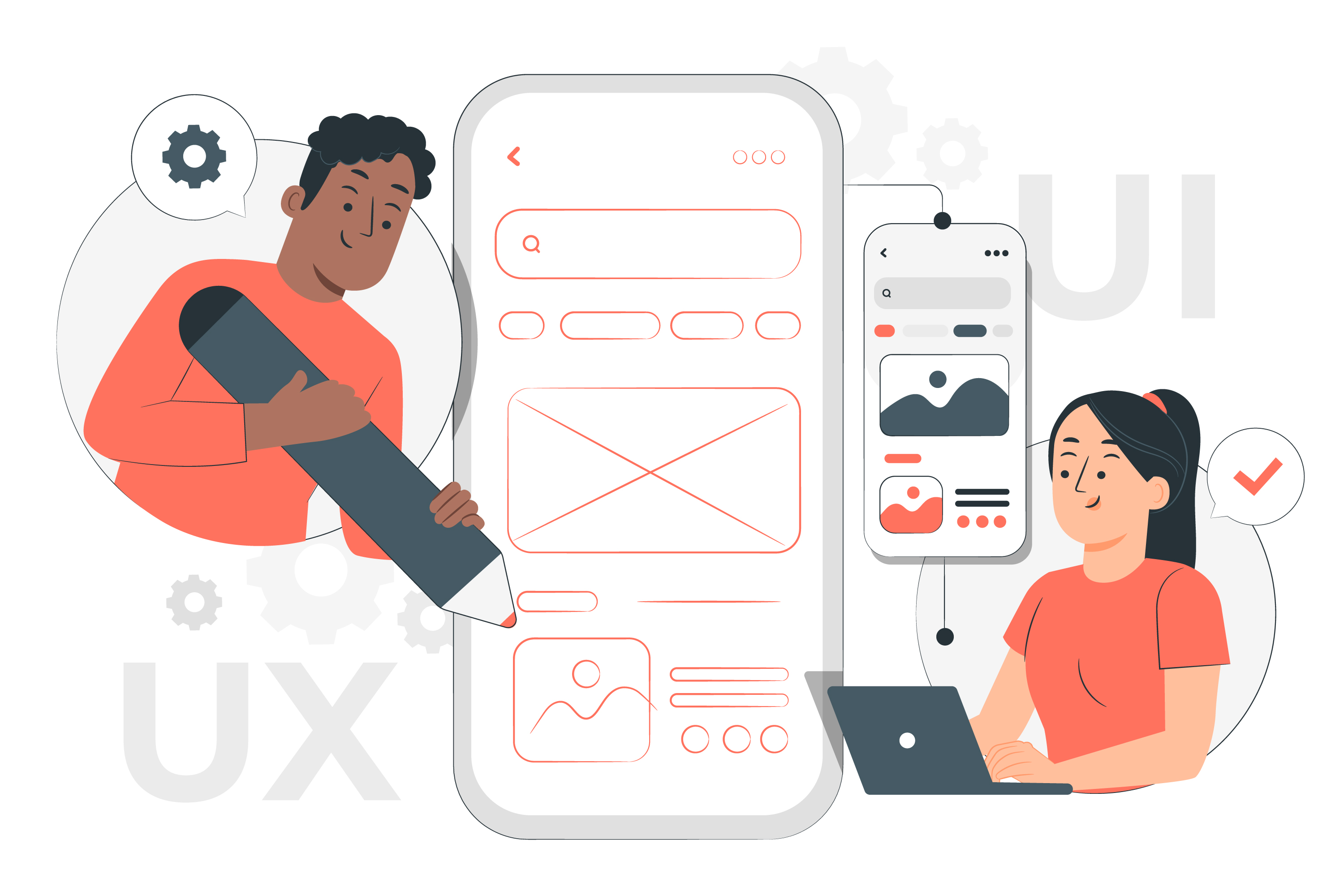
Making Your Product Great: Understanding User Research
The secret ingredient to making your product a hit? It’s all about how users feel when they use it. Let’s explore a bunch of important questions:
Guess what? We can find clear answers to these questions through User Research.
So, in this article, we’re going to dive deep into User Research. We’ll learn what it means, the two types it comes in, and some cool ways to do it. Let’s go step by step.
What is User Research?
Think of User Research like this: It’s about checking how your design affects people. When we talk about design, we mean how your product looks, feels, and works. User Research helps us learn what people need, what they experience, and what motivates them. This way, we can start solving any problems they face.
Imagine you’re making a new product or fixing an old one because users are having trouble. This is your chance to let users tell you exactly what’s on their minds. To make your product better, you have to know about all the problems, even the tiny ones.
Two Types of User Research
User Research is generally categorised in 2 types:
Don’t worry, these fancy names aren’t as scary as they sound.
1. Quantitative Research: Numbers Matter
This one is all about numbers. Imagine you want to compare different designs to see which one people like more. Quantitative Research is the way to go. It helps answer questions like “How many” or “How much.” Here are some cool ways to do it:
2. Qualitative Research: Getting Into Details
This type dives into details. It’s all about “Why” and “How.” It helps you understand why people do things and how they feel. Here’s how it works:
Why User Research Matters
User Research is like a treasure map. It guides you to where your product needs work. It’s like fixing potholes in the road before a big race. And guess what’s really cool? You don’t have to wait until your product is ready. It’s smarter to do this research before you start building. It saves time and money later on.
So, if you want to make your product super awesome, remember: User Research is your secret weapon. And if you want to dive deeper, check out UXArmy’s online usability testing platform. It’s like having a special tool that shows you exactly what needs fixing. Happy designing!
Comparing User Research Methods
Now, let’s quickly compare these methods:

image credit- uxplanet
So, if you want to make your product super awesome, remember: User Research is your secret weapon. And if you want to dive deeper, make sure to check out UXArmy’s user research toolsets.
In addition to traditional user research methods, there are some free AI-powered tools available that can enhance your UX research efforts. These tools can provide valuable insights and help you gather data more efficiently. Here are a few you can consider: